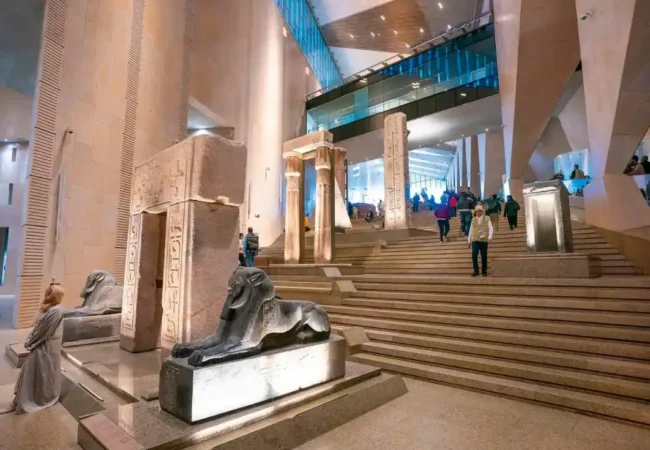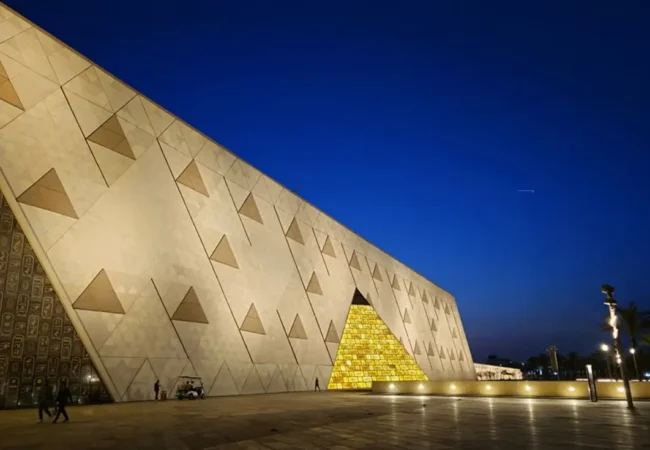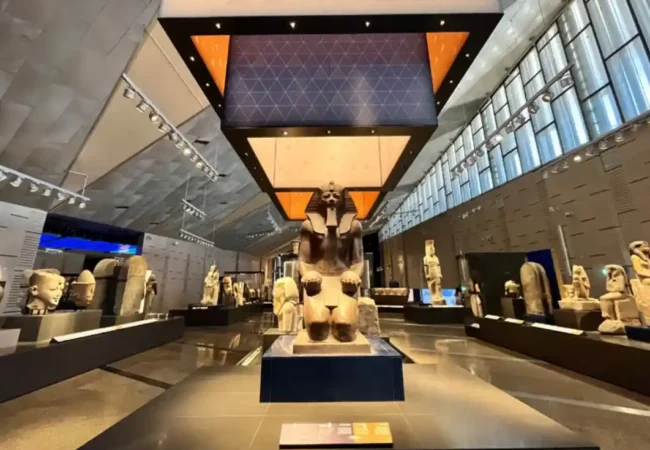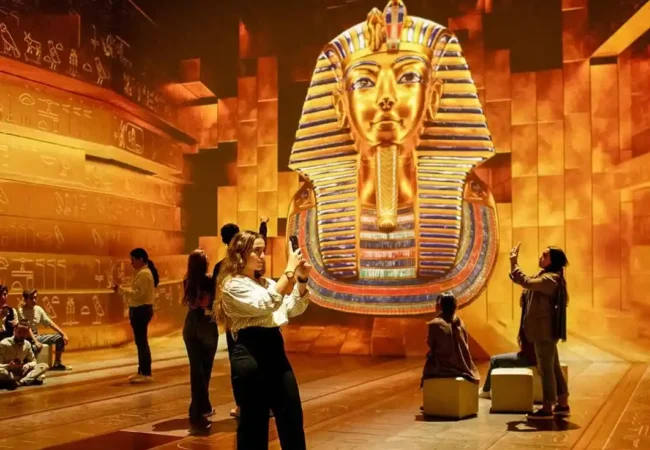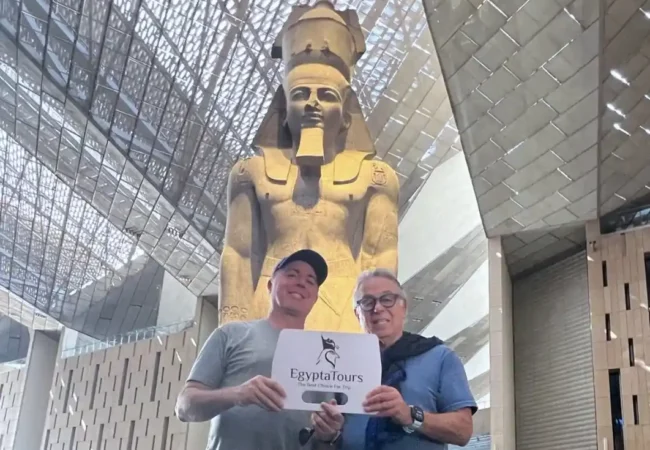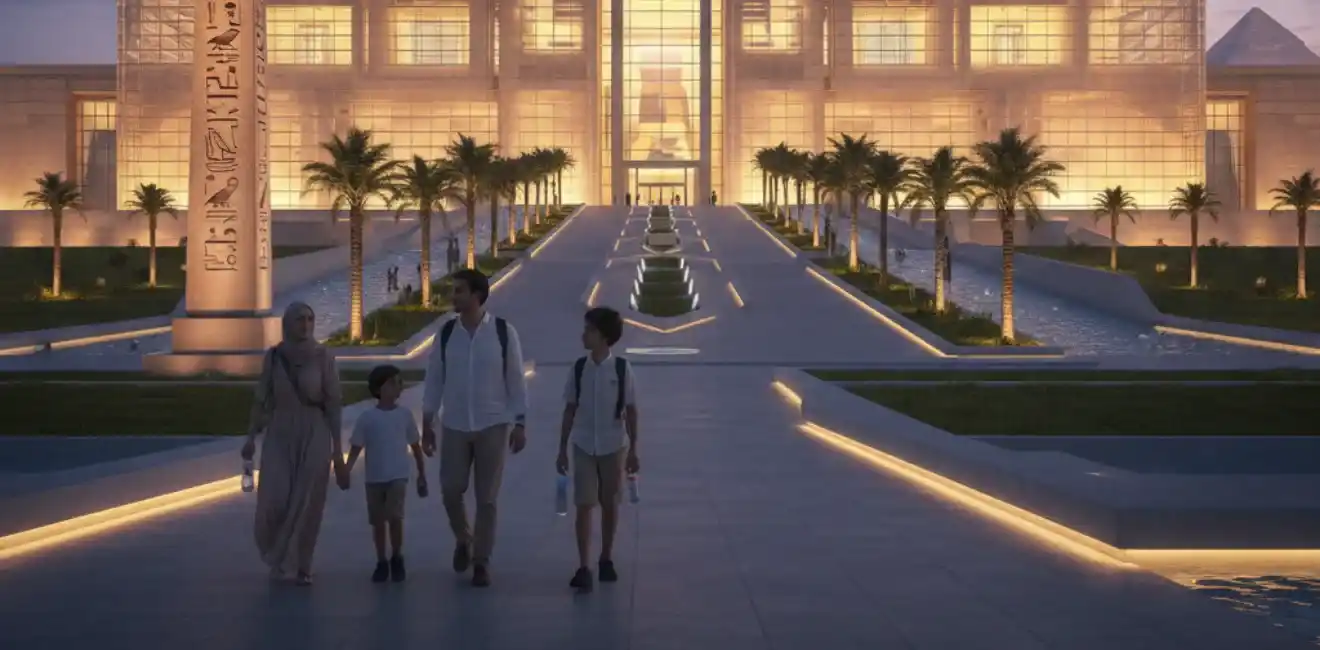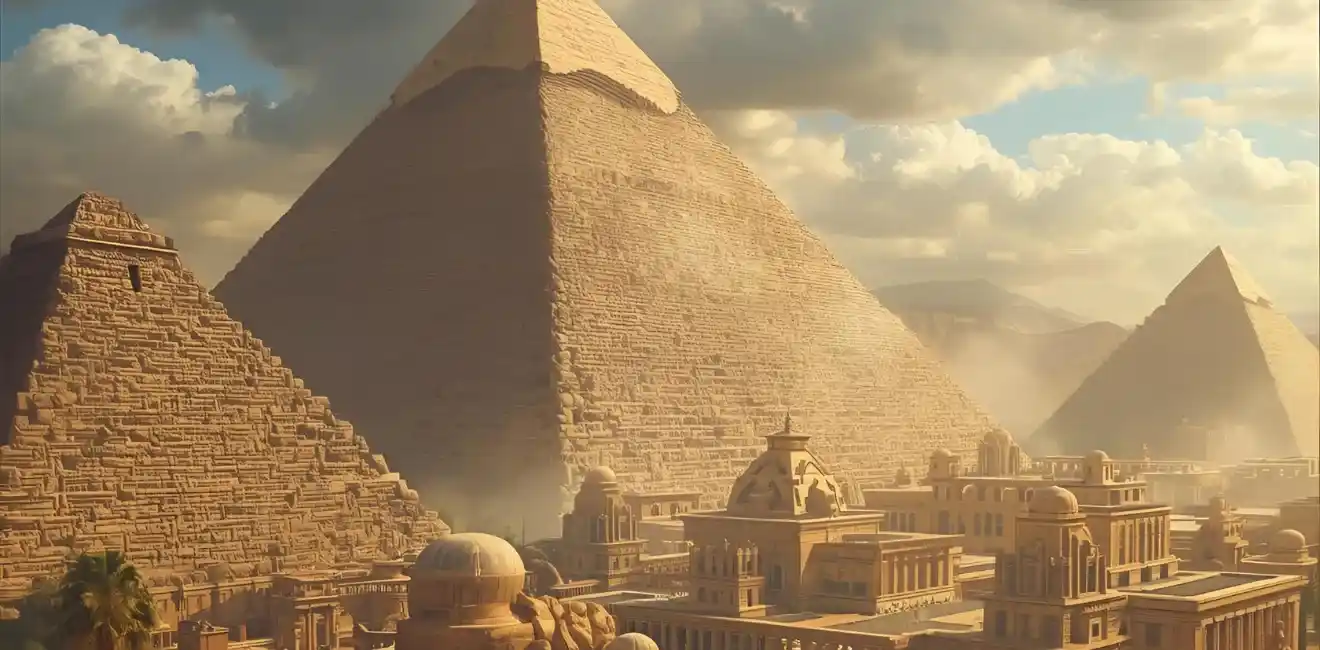
A Guide to Visiting the Magical Serapeum of Alexandria
In the area of Tel Amud El-Sawari you will find one of the greatest landmarks of ancient history where the Serapeum of Alexandria is located which was not just a religious monument, but a place where those seeking healing through spiritual means would go as visitors whether patients or worshipers used to stay in the rooms surrounding the temple hoping to regain their health through spiritual rituals based on dreams and visions, in what was known at the time as “embracing the disease”.
The Serapeum represented a sacred place that combined faith and healing as the god Serapis was the focus of these rituals.
The discovery of the Serapeum of Alexandria dates back to the French researcher Alain Roux in 1943-1944 but the mystery remained surrounding the date of its construction as the opinions of ancient historians conflicted about its true origin while some attributed it to Alexander the Great, and ruled out this possibility due to the short period of his stay in Alexandria which makes the construction of a temple of this size during his period unlikely.
The historian Taxius mentions that Ptolemy I was the one who built the temple, but the archaeological discoveries made by Alain Roux revealed that the foundation deposits date back to the era of Ptolemy III (Eurgetes I) which settles the controversy over the date of its construction.
Evidence indicates that Ptolemy III was the one who began building the temple dedicated to the worship of the god Serapis while Ptolemy IV completed the cult system by adding a temple dedicated to Harpocrates thus completing the sacred Alexandrian trinity that included Serapis, his wife Isis, and their son Harpocrates.
What distinguishes the discovered foundation deposits is that they bear hieroglyphic inscriptions and Greek translations documenting the history of each structure and the king who supervised its construction.
They are currently preserved in the Greco-Roman Museum in Alexandria as it is interesting that these deposits are a Pharaonic tradition that was not common among the Greeks.
How to divide the Serapeum Temple
The Serapeum Temple in Alexandria was an architectural masterpiece that demonstrated the Egyptian and Greek civilizations as it was carefully divided to show the sanctity of the gods it embraced as the god Serapis occupied the temple while the western wing was dedicated to the goddess Isis, and the northern wing took its place for the worship of Harpocrates, and the temple was designed in a rectangular shape.
Because of its location in the National District it had to carry within it the Pharaonic character with the integration of Greek architectural elements that show the compatibility between the two cultures which is the philosophy established By <strong>Alexander the Great</strong> and continued by the Ptolemies.
Worship within this edifice was not limited to the Alexandrian triad only but extended to include other gods associated with them in religious beliefs, so additional temples and structures were built within the sacred square including a temple dedicated to Anubis and another to Hermanubis, and excavations revealed traces of the worship of Thoth Ion and other gods.
Specifications of the Serapeum Temple in Alexandria
Although today only scattered ruins remain of the Serapeum Temple the descriptions of ancient historians still give us an amazing picture of its grandeur.
They described it as “a towering edifice in the middle of the sky and extending in all directions in the form of a huge square reflecting its vastness and the magnificence of its design.
Researcher Alain Rowe revealed that the upper part of the temple was built on the hill that is now topped by the Column of Diocletian, known as the Column of Pompey.
While the lower part is located below the hill where long corridors and hallways extend that can be reached via two paths one for carriages and the other for pedestrians.
The temple was located in the heart of the hill and had a majestic entrance consisting of four huge columns and a magnificent marble staircase. It was built in the Roman style, as described by the historian Auftonius.
Behind the entrance was a roofed hall of unequal height as the ceiling of the middle section was higher than the rest of the hall.
It was designed in the form of a dome resting on a double row of luxurious marble columns while the inner courtyard was square in shape, surrounded by arcades based on columns with gilded bronze capitals topped with stunning golden decorations.
In these arcades there was the temple of the god Serapis where his statue was placed in a carefully studied place, so that the sun’s rays penetrate a window in the eastern wall.
The condition of the temple during the Ptolemaic rule
The Ptolemaic temple of Serapeum of Alexandria was completely destroyed so a new temple was built in the Roman style and it maintained its rectangular shape, but it did not last long as a massive revolution broke out in Alexandria during the reign of Emperor Trajan which led to the destruction of the temple again to be rebuilt later during the reign of Emperor Hadrian, who sought to revive its symbolism and re-establish its religious status in the city.
Details of the demolition of the Serapeum Temple
The Serapeum of Alexandria was a legendary monument that combined the grandeur of construction and the splendor of decoration to become one of the glories of the ancient world that history has immortalized.
The temple was built of solid stones and its walls were covered with luxurious marble while its spacious corridors were decorated with gold silver and bronze decorations making it an unparalleled architectural masterpiece. Its magnificence was such that the historian Ammianus Marquinus described it by saying, “Alexandria abounds with a huge number of majestic temples, but the Serapeum was the largest and most magnificent of them all.”
The reign of Emperor Theodosius the Great (378-395 AD) came who issued decrees ordering the demolition of pagan temples. The fate of the Serapeum was to be completely destroyed, and nothing remained of its glory except the Column of Diocletian which remained towering in the middle of the temple square surrounded by four hundred smaller columns, in addition to the remains of statues that show the magnificence of what this great monument was.
How to easily go to Serapeum Temple
Many tourists want to know the correct way to go to Serapeum of Alexandria, which is as follows:
- You can easily reach the Serapeum site either by your own car or by taxis which are widely available in Alexandria ensuring a comfortable and fast trip.
- Microbuses and public buses operate throughout the day and you can take them to reach the nearest point to the archaeological site.
- You can walk to the Serapeum and enjoy an exploratory tour through the streets of Alexandria.
Things to try During the visit
The most important activities you can do when visiting the Serapeum of Alexandria are:
- Wander among the remains of this great edifice and let your imagination sail in the splendor of ancient architecture that witnessed ages of glory and civilization.
- Don’t miss the opportunity to see this massive granite column which still stands tall in the middle of the site to be a witness to the greatness of ancient engineering.
- Go down to the mysterious underground rooms which are believed to have been part of the temple library where wisdom and knowledge gathered in the time of the Ptolemies.
- Learn about the myths and exciting stories about the god Serapis, and discover the role that the temple played in the heart of ancient Alexandria.
- Don’t forget to take your camera as the site is full of amazing architectural details that deserve to be immortalized in your photos in addition to the surrounding natural landscapes that give you enchanting backgrounds.
Temple working hours
The Alexandria Serapeum site is open daily from 9:00 am to 5:00 pm, and it is preferable to check the working hours in advance especially during official holidays and special occasions as the hours may differ on some days.
FAQs
What is the reason for the destruction of the Serapeum Temple?
Because Sultan Milan issued a decree stating the necessity of demolishing all pagan statues and temples.
Why was Serapeum named this name?
The name “Serapis” was inspired by the combination of the sacred calf “Apis” with the god “Osiris” to give the name “Oser Hapi” or “Serapis” as a symbol of the divine calf after his death.
How long is the Serapeum?
400 meters.
In the end, the Serapeum of Alexandria remains a witness to a great civilization in which many cultures emerged, and time left its mark despite the disappearance of many of its features, but its remains tell the stories of kings priests and visitors who passed through here one day. If you are a history buff visiting this site is not just a trip, but a passage to the time of myths where the god “Serapis” was a symbol of power, and we hope that you like this article.













